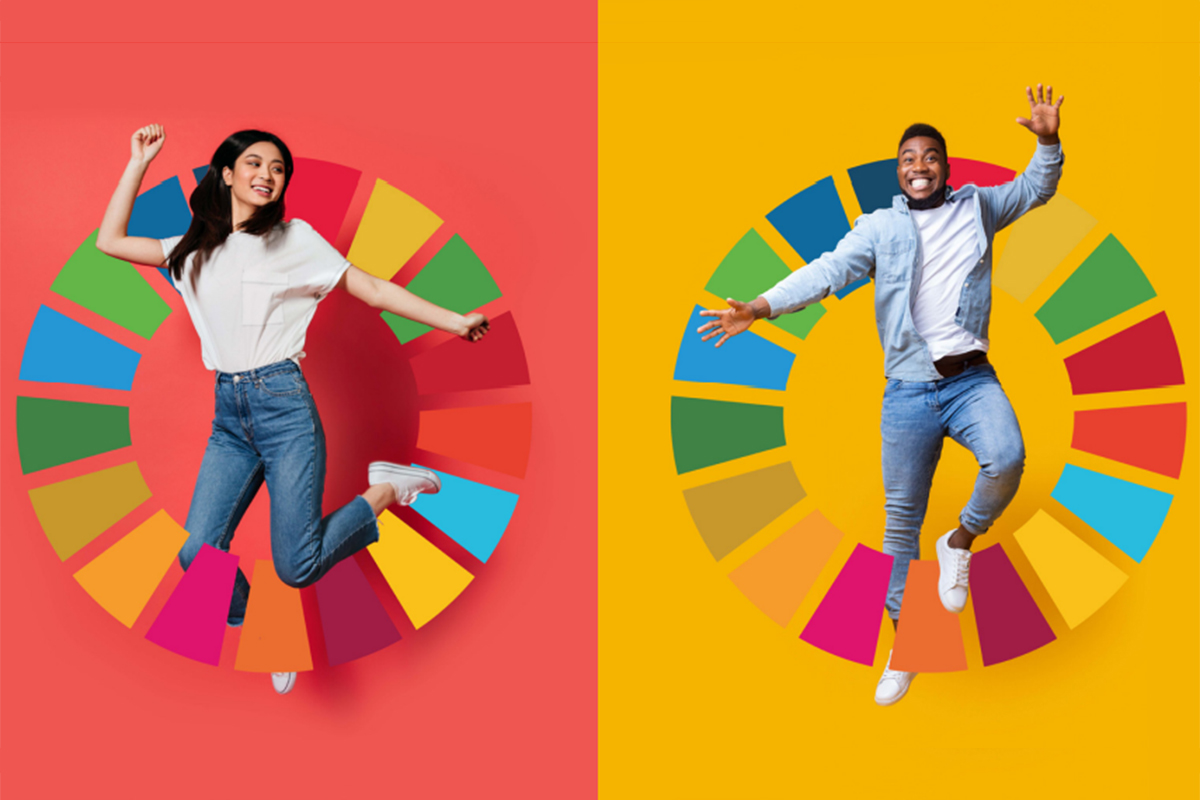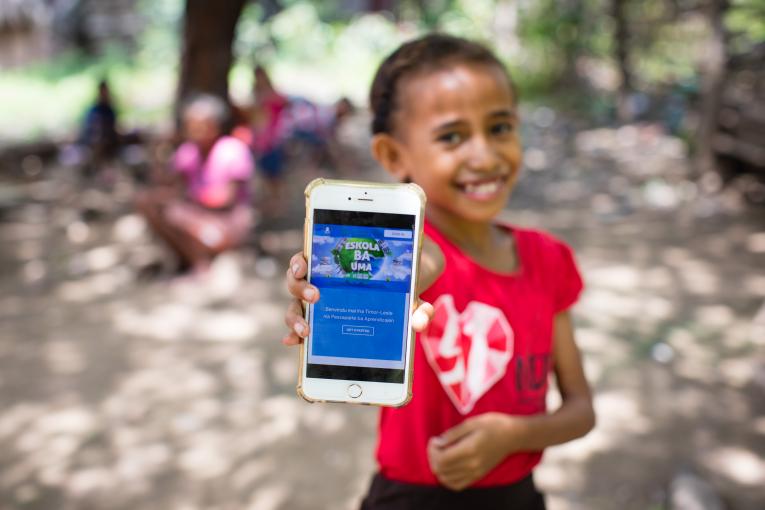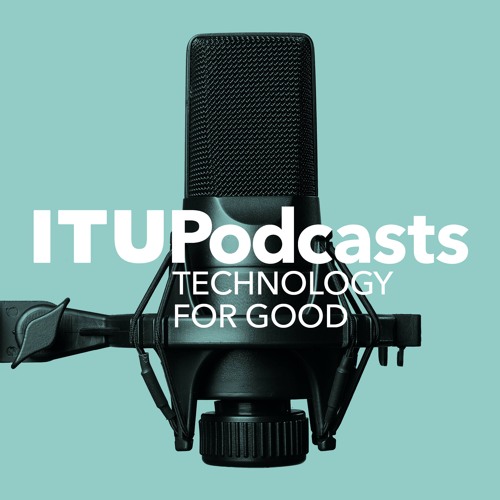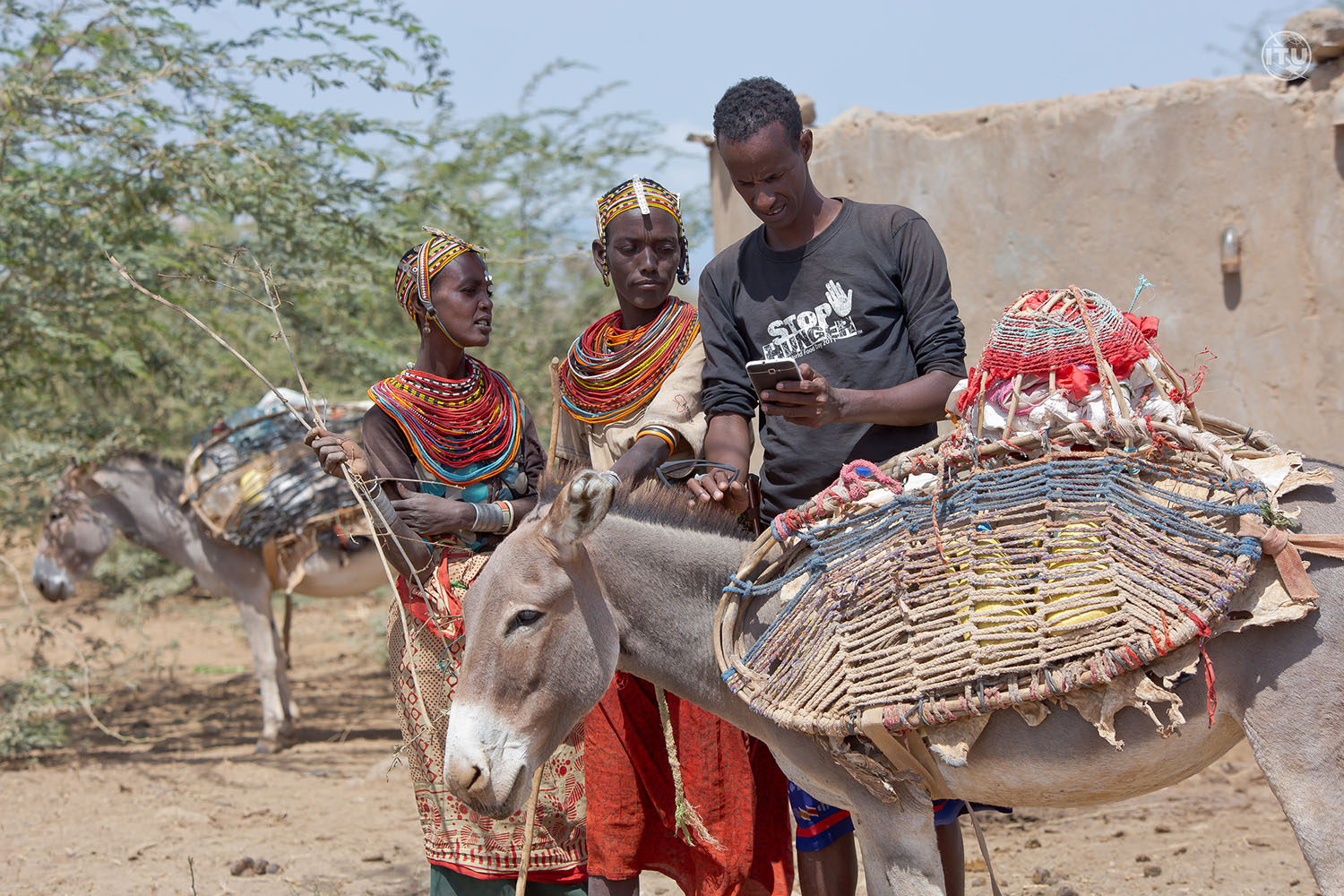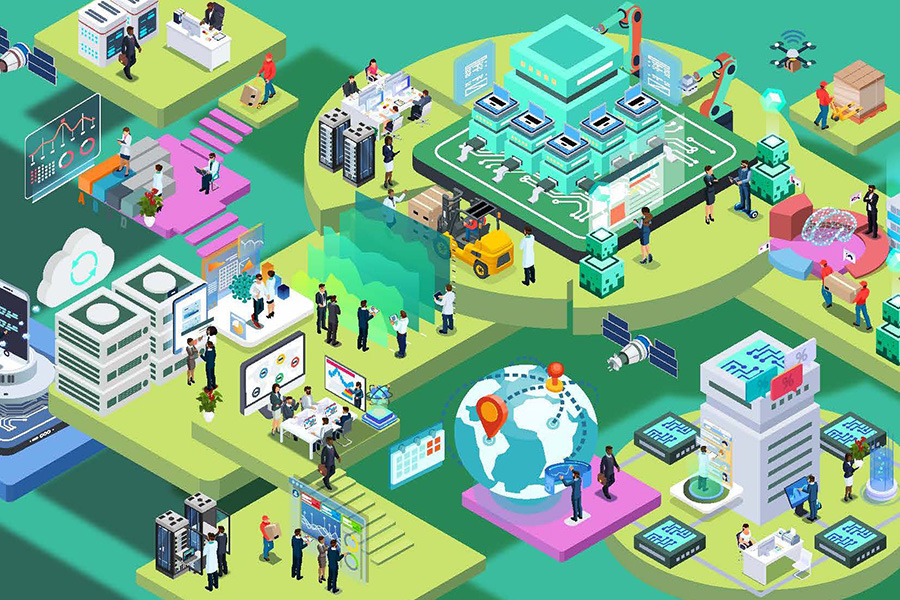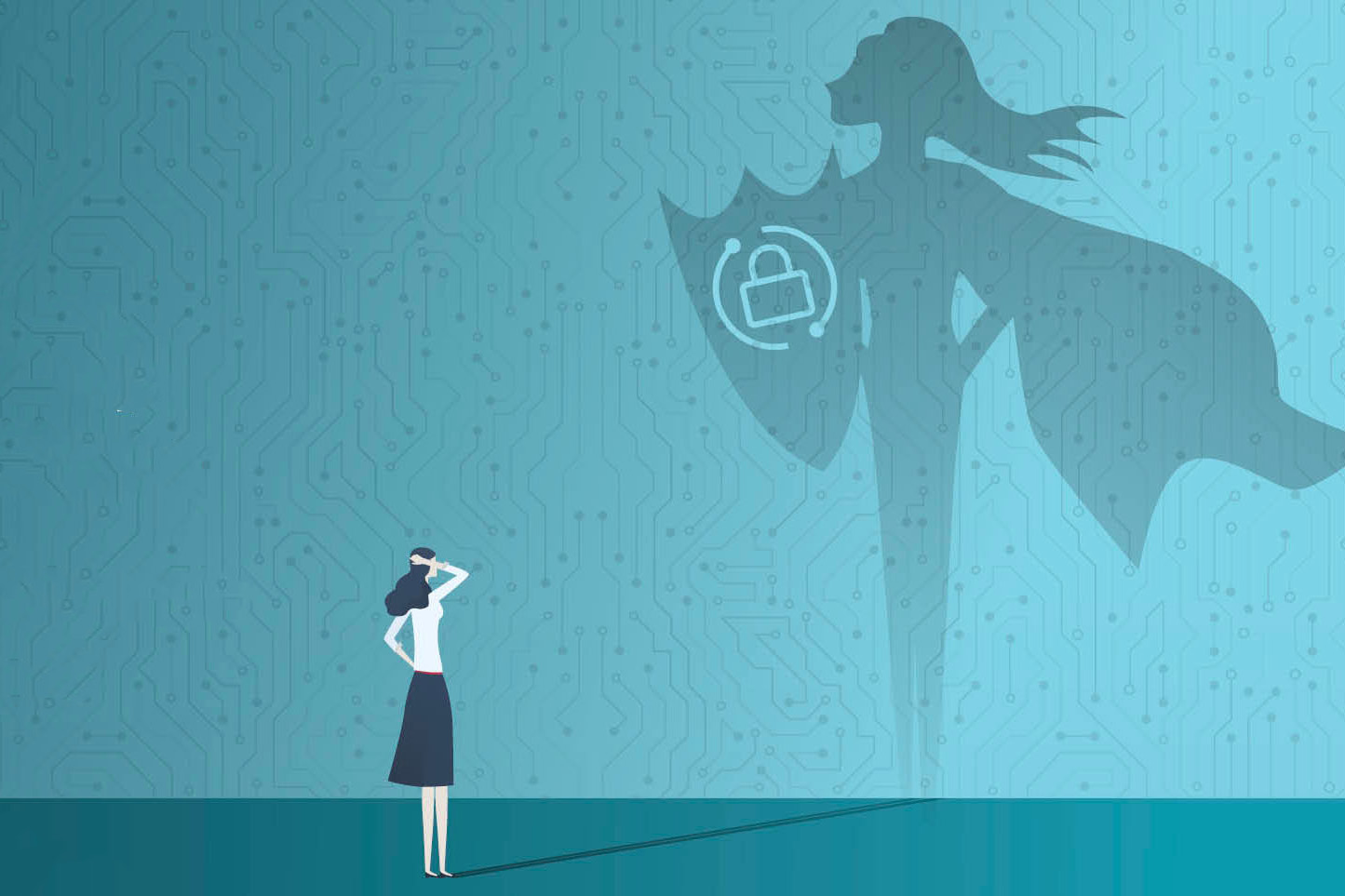This latest edition of ITU News Magazine presents ITU’s Youth Strategy to drive inclusive empowerment, engage young leaders and help them participate alongside today’s digital leaders.
ITU
New data from the International Telecommunication Union (ITU) reveal strong global growth in Internet use, with the estimated number of people who have used the Internet surging to 4.9 billion in 2021. The unusually sharp rise in the number of people online suggests that measures taken during the pandemic contributed to a 'COVID connectivity boost' that has brought an estimated 782 million additional people online since 2019, an increase of 17 per cent. However, ITU data confirm that the ability to connect remains profoundly unequal.
Why does the portrayal of women scientists and engineers in films and in the media matter? Would you say that there's a conscious effort to change the numbers and images of women characters as scientists and engineers? What concrete actions can content creators put in place to support and promote strong female characters and role models? Geena Davis, Academy Award winning Hollywood actor, founder of the Geena Davis Institute on Gender in Media, and ITU's Special Envoy for Women and Girls in ICT, answers these questions in an exclusive interview with ITU.
As the vital protectors of an estimated 80 per cent of the world’s remaining biodiversity, ITU encourages indigenous communities to continue to partner for global sustainability.
Ageing is becoming a megatrend. Around the world birth rates are declining, while people are living longer, healthier lives. For the first time in human history, people over the age of 60 outnumber those under the age of five. A population predicted to reach 2 billion by the year 2050.
In this episode of ITU’s Technology for Good we are focusing on how technology can have a major part to play in ensuring that this population does not go underserved, but that will only happen if both technology creators and policy makers are aware of and act on this dramatic shift in the global demographic.
Join ITU for the first episode of five, learning everything you need to know to stay safe and have fun online! Stay safe, stay tuned, engage! The internet is a great place with exciting adventures and opportunities. However, it is also a place that hides many risks if we are not careful with our behaviour when we surf the web. Here is a step-by-step guide on how to protect ourselves when we communicate, play, and surf online.
Sustainable development depends more than ever on connecting all communities to digital resources and knowledge. Innovation is integral to the economic growth of countries and the digital inclusion of societies in a post-COVID-19 world. Next year the ITU is hosting the World Telecommunication Development Conference in Addis Ababa focused on connectivity. In the Road to Addis series, an event discussing the role and challenges of entrepreneurship-driven innovation will take place on 21 July 2021, 14:00 – 15:30 CES. Register for the live webinar.
People who identify as living with disability represent 15% of the world’s population, which is currently around 1 billion people.
How Mauritius is supporting girls in ICT studies
ITU brings us the case of how Mauritius is boosting tech careers for girls and women in Mauritius. The job prospects in the field of telecommunications are immense, especially as Mauritius is having mayor breakthroughs, such as their first satellite launch. Now it the time for changing attitudes and encouraging girls to be bold, be brave and brake barriers.
Globally, every living human being produces 7.3 kg of e-waste, or WEEE, annually. While developed countries produce more than their share, e-waste is piling up in the developing world. Find out how ITU is supporting Namibia in finding policy solutions, including extended producer responsibility, to the e-waste problem.
Across the Americas, only about half of households in rural areas have a home Internet connection, compared to nearly three quarters of those in urban areas, according to the latest study on regional digital trends by the ITU. The last of six regional preparatory meetings for the ITU World Telecommunication Development Conference (WTDC) brought policy makers and experts together to take stock of digital challenges and opportunities.
ITU and partners jointly organize the Women in Cyber Mentorship Programme for empowering women in the cybersecurity sector. The programme engages role models and leaders in this field and connects them with talented women worldwide, and it also offers technical and soft skills training courses. It is open to women working in cybersecurity at junior levels, as well as women seeking to enter the cybersecurity workforce. It aims to shift the mentality and encourage women to take on leadership roles in cybersecurity, and promote knowledge sharing of professional best practices.
ITU is inviting contributions for special issues of the ITU Journal on Future and Evolving Technologies, which provides complete coverage of all communications and networking paradigms.
While most urban areas are covered by a mobile-broadband network, worrying gaps in internet access persist in rural areas, according to ITU’s Measuring Digital Development: Facts and figures 2020. Connectivity gaps in rural areas are particularly pronounced in least developed countries (LDCs), where 17 per cent of the rural population live in areas with no mobile coverage at all, and 19 per cent of the rural population is covered by only a 2G network. 72 per cent of households in urban areas has access to the Internet at home, almost twice as much as in rural areas.
Discarded electrical and electronic equipment (such as phones, laptops, fridges, sensors and TVs), known as e-waste, is a growing challenge, matching the growth of the information and communication technology (ICT) industry. There are currently more mobile cellular subscriptions on Earth than there are humans. E-waste contains substances that can be hazardous to human health and the environment if not dealt with properly – including mercury, cadmium and lead. Improper e-waste management can also contribute to global warming. The goal is a system in which all discarded products are collected and then the materials or components reintegrated into new products.

